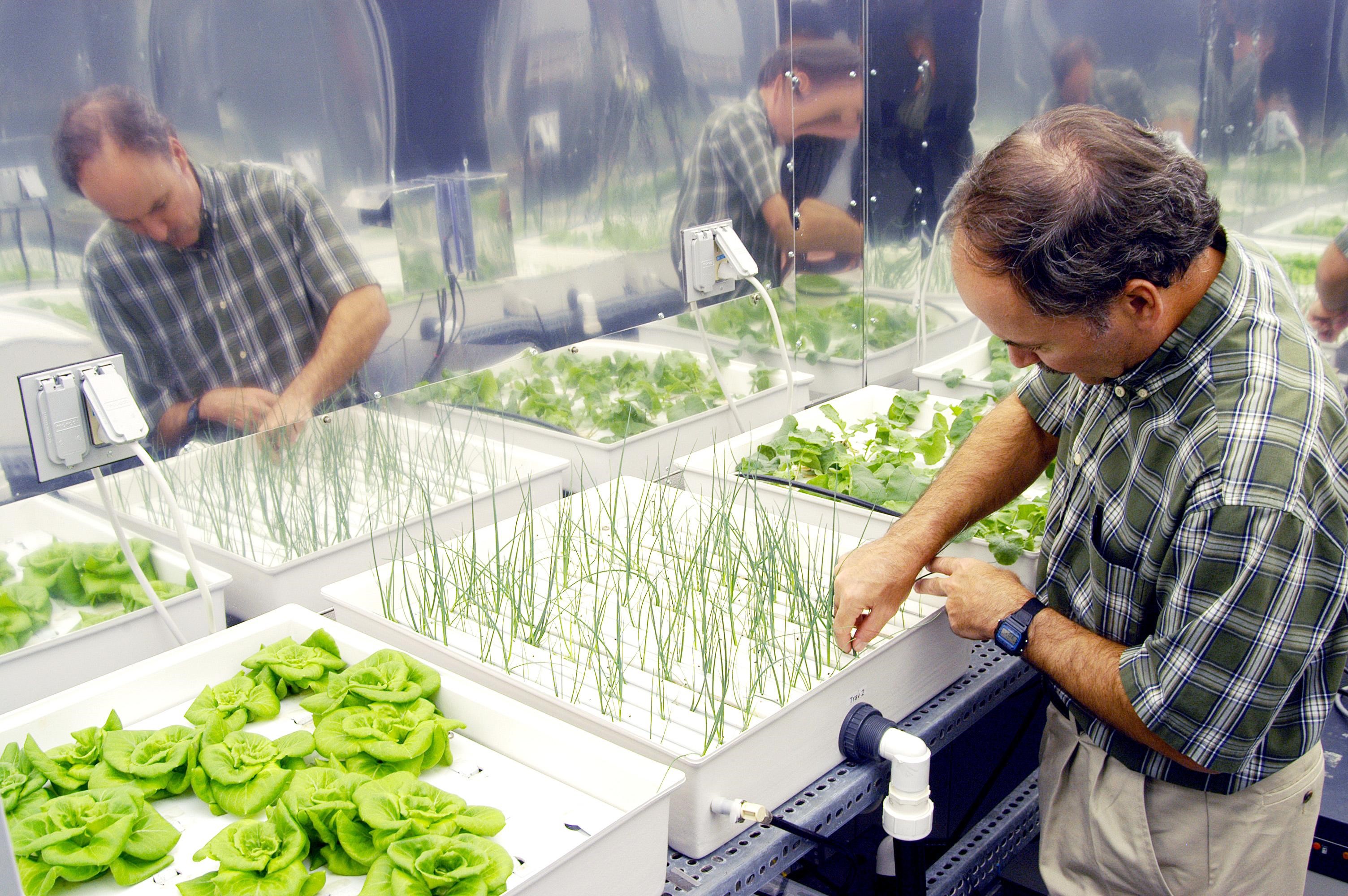Growing indoor cannabis 101
- Introduction to Cannabis Cultivation
- Understanding Hydroponics
- Seed Germination and Cloning
- Water Quality Management
- Optimizing Growth Environments
- Pest and Disease Management
- Harvesting and Curing
- Safety and Security Issues
- Business and Marketing Strategies
- Ethics and Responsibility
- Practical Applications & Case Studies
- Review and Self-Evaluation
- Final Project & Peer Review
Understanding Hydroponics
Understanding Hydroponic Mediums in Cannabis Cultivation

Agricultural technics for growing plants without soil using nutrients in water.
In hydroponic cultivation, the traditional soil is replaced with another medium that supports the plant's root system and aids in nutrient uptake. This article will provide an overview of the role of growing mediums in hydroponics, the different types of hydroponic mediums, their pros and cons, and how to choose the right medium for your cannabis plants.
The Role of Growing Mediums in Hydroponics
In soil-based cultivation, the soil serves multiple functions. It provides physical support to the plant, holds water and nutrients, and hosts beneficial microbes. In hydroponics, the growing medium takes on some of these roles. It supports the plant physically, holds water and nutrients, and in some cases, can also host beneficial microbes. However, unlike soil, hydroponic mediums are inert, meaning they do not contribute any nutrients to the plant. Instead, nutrients are provided directly to the plant's roots through the nutrient solution.
Types of Hydroponic Mediums
There are several types of hydroponic mediums available, each with its own set of characteristics. Here are some of the most commonly used mediums in hydroponic cannabis cultivation:
-
Rockwool: Made from molten rock spun into cotton candy-like fibers, Rockwool is excellent at retaining water and also provides good aeration. However, it has a high pH that needs to be adjusted before use.
-
Perlite: This is a volcanic glass that has been heated until it pops like popcorn, resulting in a lightweight, porous material. Perlite is good at retaining water and air but tends to float when used in deep water culture or ebb and flow systems.
-
Vermiculite: This is another mineral that has been heated until it expands. Vermiculite holds more water than perlite but less air.
-
Clay Pebbles: Also known as LECA (Light Expanded Clay Aggregate), these are small, round balls of clay that have been heated until they pop. Clay pebbles are excellent at holding air and also retain some water. They are reusable after sterilization.
Pros and Cons of Different Mediums
Each medium has its own set of advantages and disadvantages. For example, Rockwool retains a lot of water, which can be beneficial for water-hungry plants but can also lead to overwatering if not managed properly. Perlite and vermiculite are both lightweight and easy to work with, but they can be easily disturbed by water flow in some hydroponic systems. Clay pebbles are reusable and provide excellent aeration, but they do not retain as much water as some other mediums.
Choosing the Right Medium for Your Cannabis Plants
The choice of medium depends on several factors, including the type of hydroponic system you are using, the specific needs of your cannabis strain, and your personal preferences. For example, if you are using a deep water culture system, you might choose clay pebbles for their excellent aeration. If you are growing a strain that prefers a drier root zone, perlite might be a good choice.
In conclusion, the growing medium plays a crucial role in hydroponic cannabis cultivation. Understanding the different types of mediums and their characteristics can help you choose the right one for your needs and ensure the success of your hydroponic garden.